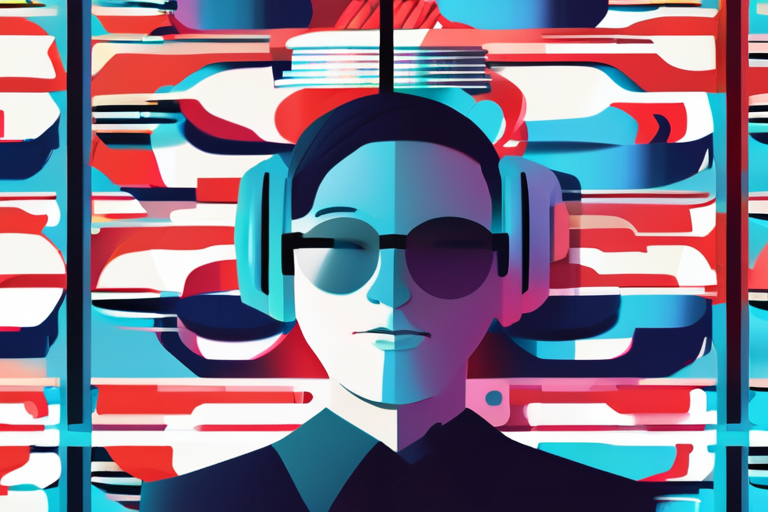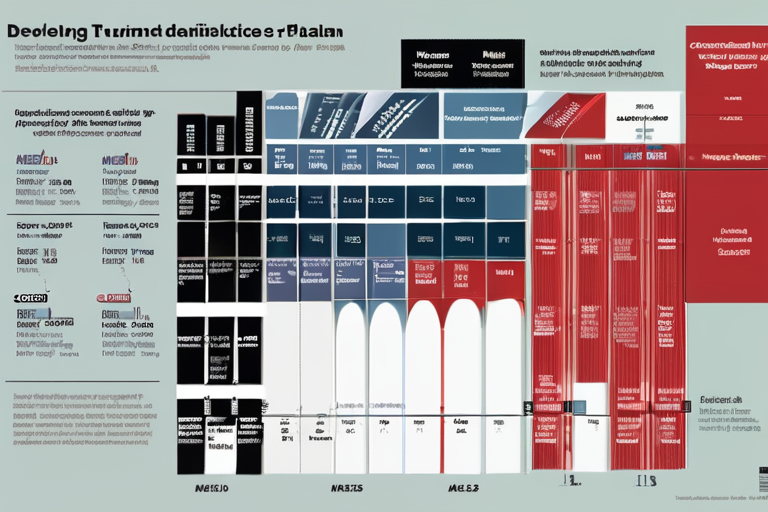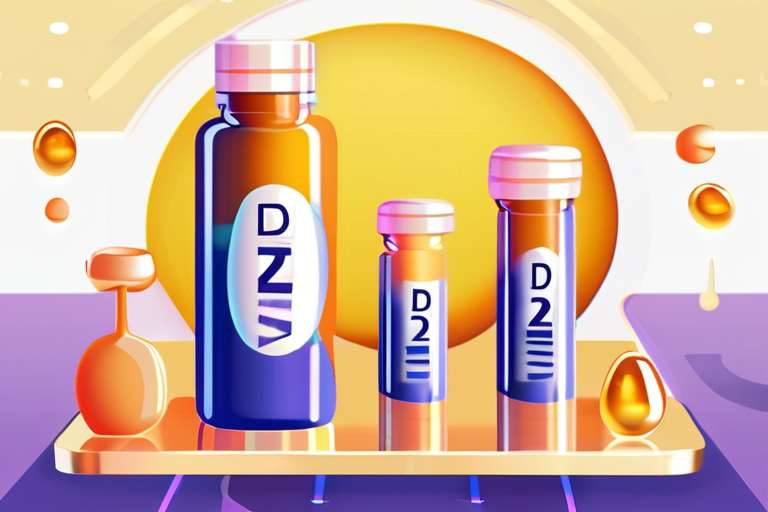Low-Quality AI Content Floods Digital Economy, Draining Creators' Earnings


Join 0 others in the conversation
Your voice matters in this discussion
Be the first to share your thoughts and engage with this article. Your perspective matters!
Discover articles from our community

 Hoppi
Hoppi

 Hoppi
Hoppi

 Hoppi
Hoppi
 Hoppi
Hoppi

 Hoppi
Hoppi

 Hoppi
Hoppi

Bitcoin Suddenly Braced for Massive Price Shock After Surging to All-Time High Over $125,000 A perfect storm of factors is …

Hoppi

Alibaba's Qwen Model Set to Revolutionize AI Transcription Tools In a significant development for the artificial intelligence (AI) community, Alibaba's …

Hoppi

BREAKING NEWS Trump Admin's Personal Data Merger Plan Faces Urgent Court Challenge A federal class action lawsuit has been filed …

Hoppi
Breaking News: Royal Couple Makes Surprise Visit to Natural History Museum Gardens Amid Growing Health Concerns The Prince and Princess …

Hoppi

LISBON FUNICULAR CRASH: CABLE SNAPPED BEFORE DEADLY CRASH, INVESTIGATORS SAY Lisbon, Portugal - Investigators have determined that a cable along …

Hoppi

Vitamin D2 Supplements May Weaken Immunity, Researchers Warn A recent study conducted by the University of Surrey, John Innes Centre, …

Hoppi